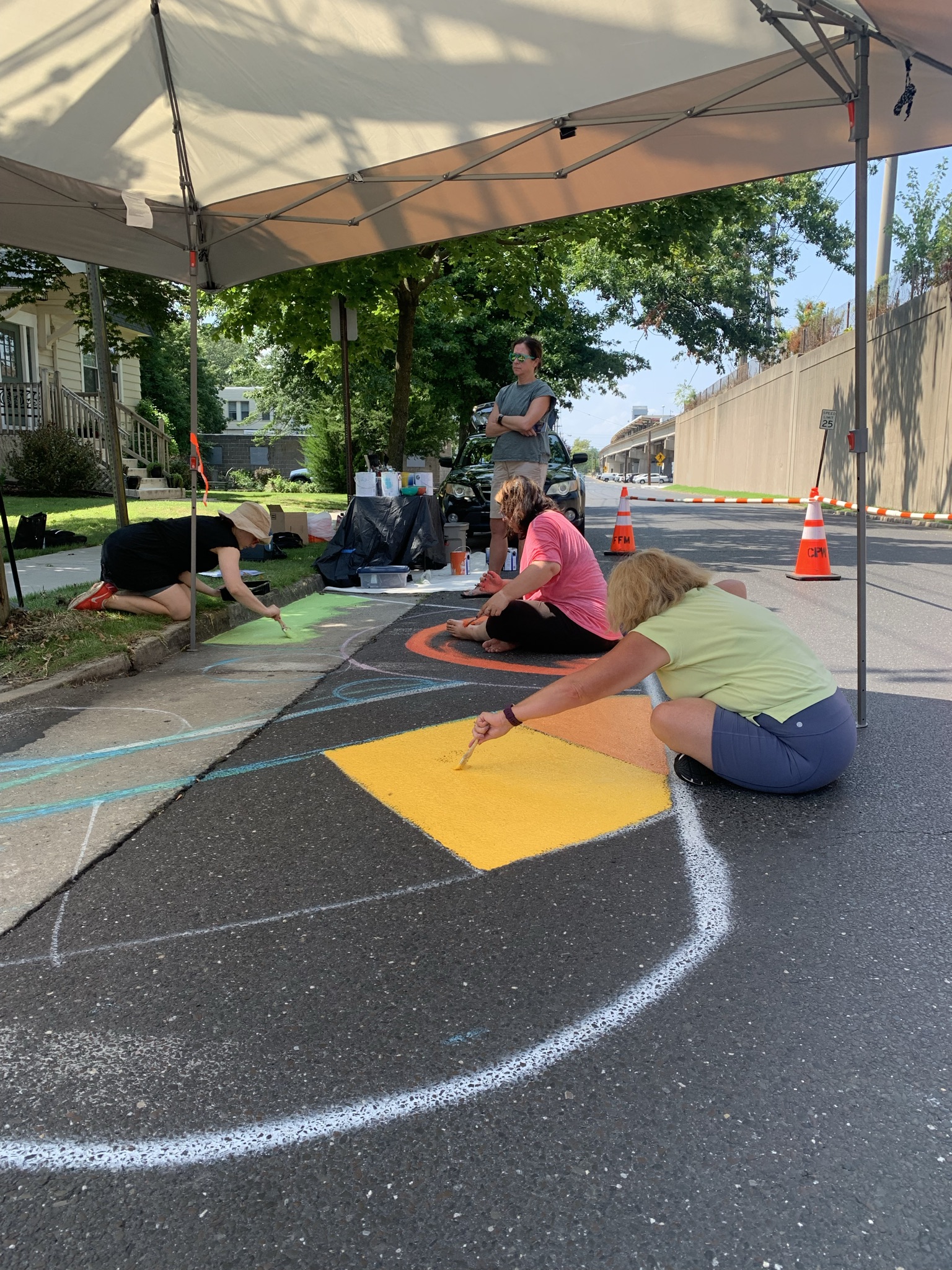 Environment
Environment Communities
Communities Economy
Economy Regional Planning
Regional Planning
Tactical urbanism projects are co-created, short-term projects that provide for on-the-ground testing of long-term improvements usually related to street safety and public spaces. These types of projects aim to improve safety, rebalance modes, and advance community placemaking.
Established forms of tactical urbanism include open streets and play streets, interim strategies that schools and communities can use to temporarily close streets off from automobile traffic, returning them to their historic social and recreational purposes. This allows residents to rethink the role of street space in their community.
Tactical urbanism is often a collaborative process supported by citizens and experts. It focuses on including diverse knowledge bases in processes of placemaking to create innovative solutions to complex problems like access, sustainability, and physical infrastructure needs. It is an iterative public participation process, with room for experimentation built in. When engaging in co-creation, people are planned with and not for.
Pedestrian plazas, also known as pedestrian malls, reclaim underused street segments as public space. They can be done on a temporary trial basis with minimal capital outlay. Plazas can occur at the intersection of two streets or can exist as an easement on sidewalks in a commercial area. When designing a street-to-plaza project, it is important to preserve access to homes and businesses while eliminating through traffic. Drivers will have less access to the street, but people walking or bicycling will have full access.
A plaza can encourage engagement with neighborhood street life by: providing space for seating, tables, and other amenities; offer space for community events and activities; calm traffic; and improve the design of intersections. Spaces are often maintained by the permit applicant (neighborhood or business associations, community development corporations, local nonprofits, etc.)
